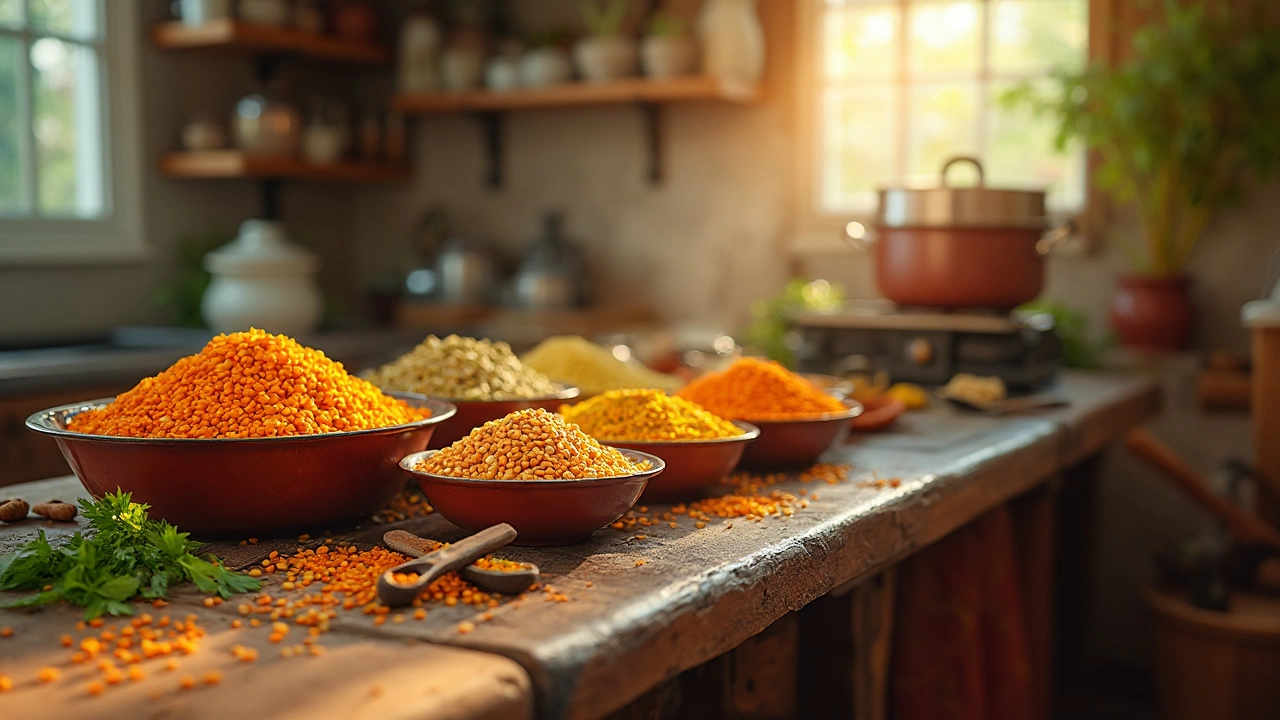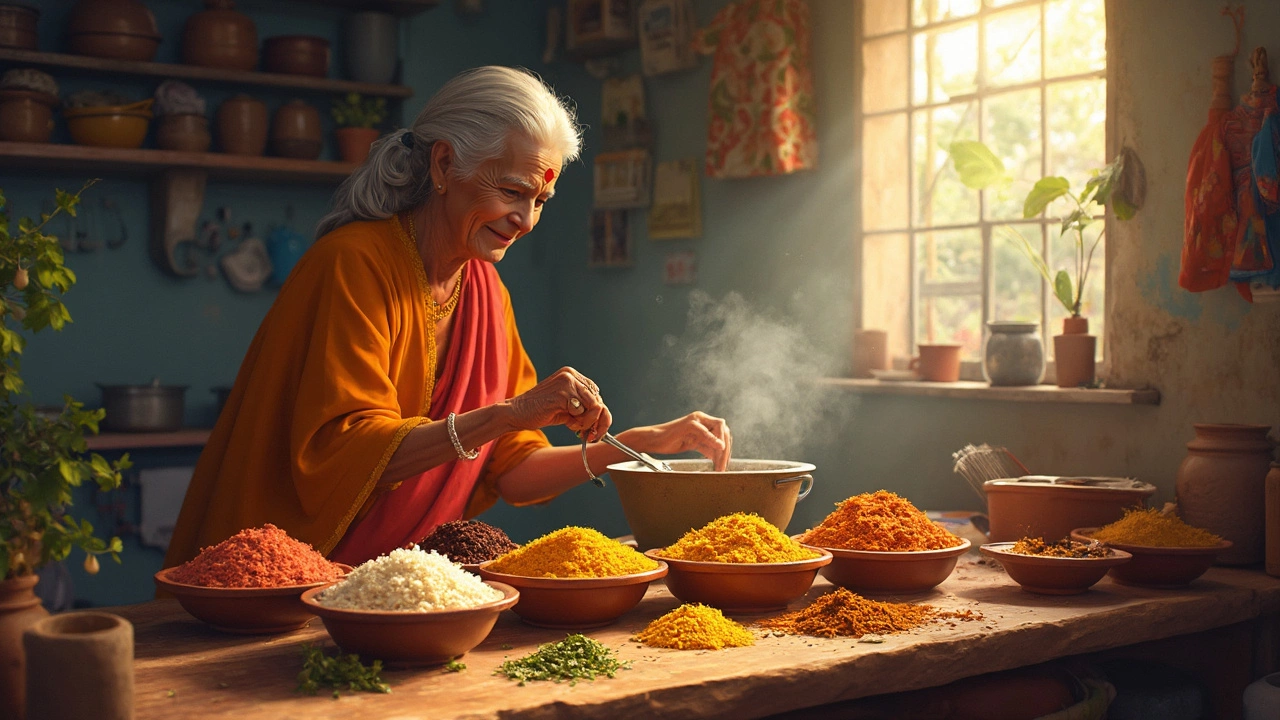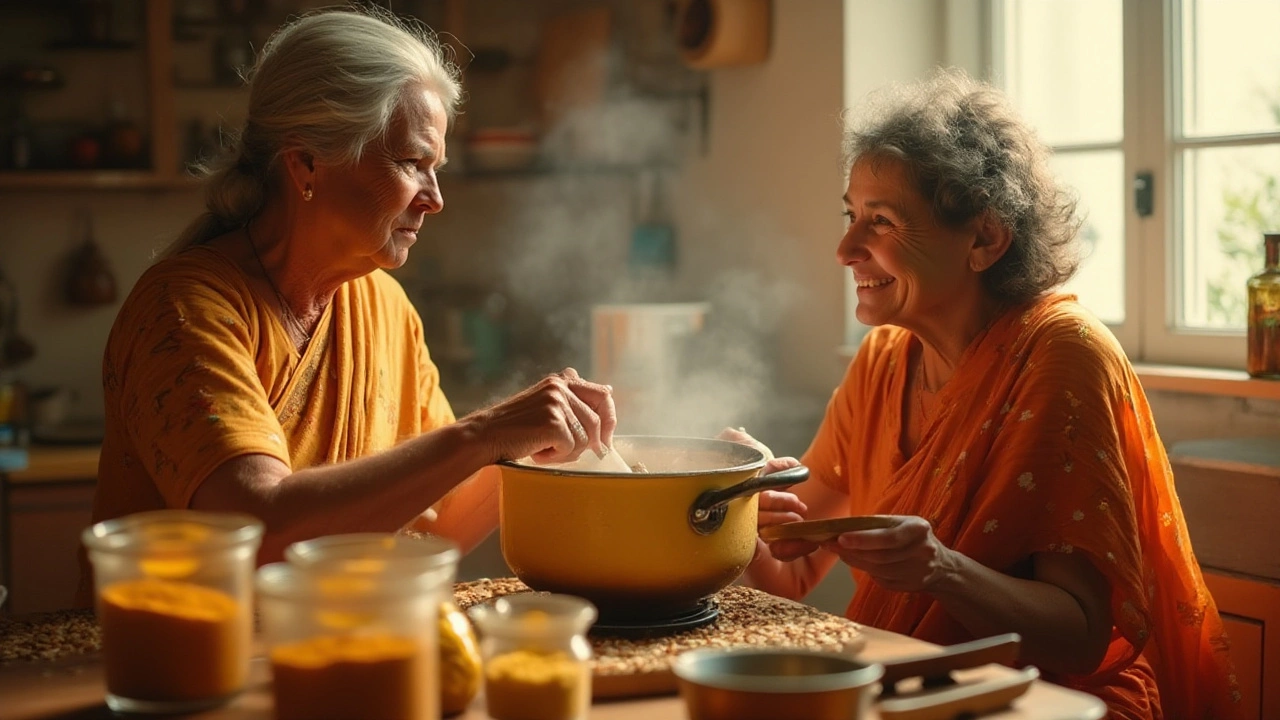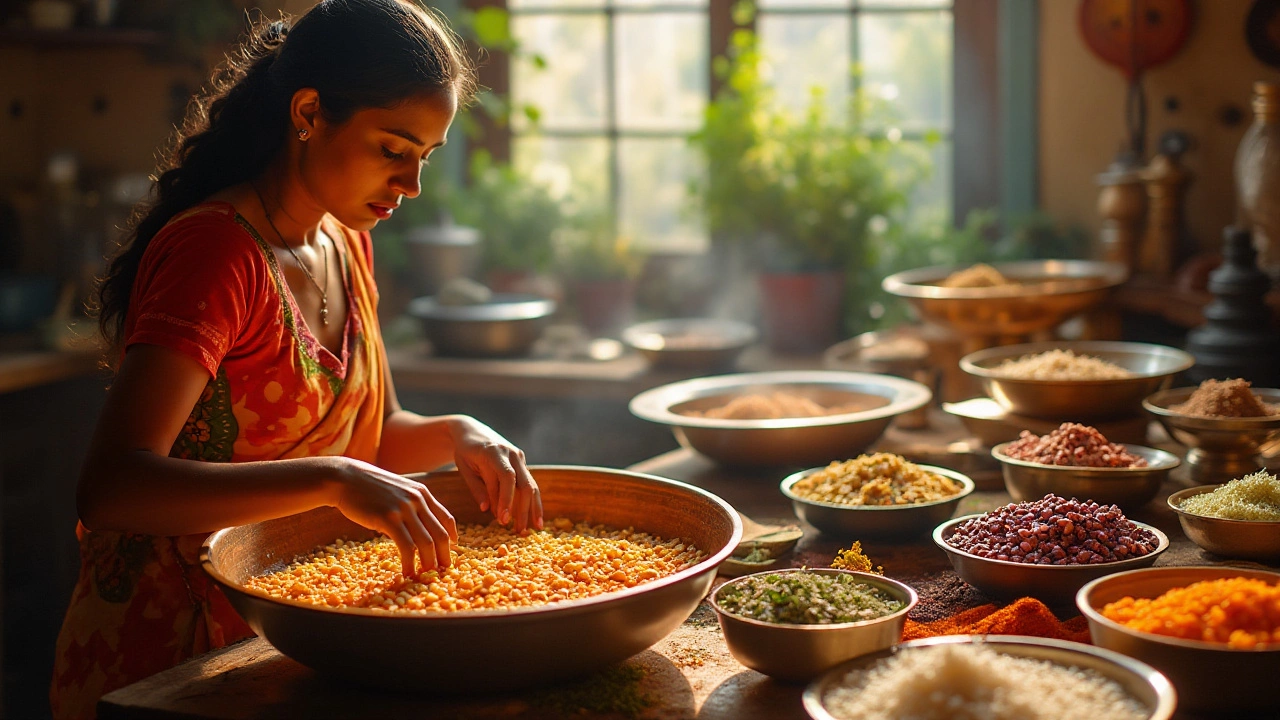Dal Recipe: Authentic Indian Lentil Dishes Made Easy
When working with dal, a staple Indian legume dish that combines cooked lentils with spices, aromatics, and sometimes vegetables. Also known as lentil stew, it serves as a protein‑rich, fiber‑filled foundation for many meals. Dal recipe ideas range from simple daily fare to festive variations, and each version reflects the region it comes from.
Another key player is lentils, the raw seeds that become dal after soaking and cooking. Different lentil types—like toor, moong, masoor, and urad—bring distinct textures and flavors. Because lentils contain high-quality plant protein, they are a go‑to source for vegetarians seeking muscle‑building nutrition. Protein in dal supplies essential amino acids, while the fiber keeps digestion smooth. Understanding the link between dal and protein helps you balance meals without meat.
Soaking, Cooking, and Nutrition Essentials
One of the most practical tricks is soaking, the step of immersing lentils in water before cooking. Soaking reduces cooking time, improves texture, and makes nutrients more accessible. If you skip soaking, you’ll notice longer simmering and a slightly harsher bite, as explained in our post about "What Happens If You Don't Soak Dal?". Another essential aspect is the nutrition, profile of dal that includes protein, complex carbs, iron, and B‑vitamins. Dal provides a balanced mix of macros, making it ideal for weight‑management or active lifestyles. Pairing dal with a bit of ghee or a squeeze of lemon adds healthy fats and vitamin C, which together boost iron absorption.
Regional variations add character: a South Indian rasam‑style dal leans on tamarind and curry leaves, while a North Indian version may feature tomatoes, ginger, and garam masala. Each style illustrates how dal encompasses diverse spice palettes, requires appropriate cooking techniques, and influences the overall nutritional balance of a meal. Below you’ll find a curated list of articles that dive deeper into classic dishes, soaking myths, protein breakdowns, and flavor hacks. Browse the collection to fine‑tune your own dal routine and discover new ways to make this humble legume shine.

Discover the Top Food to Combat Inflammation: A Simple Dal Recipe
Inflammation can be a pesky problem, but foods like dal are here to help. Dal, packed with anti-inflammatory goodness, is a staple in many kitchens for a good reason. Discover why it's a superhero in fighting inflammation and how you can easily whip up a delicious dal dish at home. This article also shares cool tips and facts about incorporating dal into your diet to keep inflammation in check.

The Tastiest Dal: Finding the Perfect Recipe
Discover the tastiest dal with this guide, focusing on delicious yet simple recipes. Learn about different types of dals, their flavors, and tips for enhancing their taste. With practical suggestions and insights, you'll be able to create a delightful dal dish tailored to your preference.

Best Indian Dal Recipes to Fight Inflammation
Delve into the world of Indian cuisine and discover how traditional dal recipes can aid in reducing inflammation. These dishes, rich in spices and nutrients, offer both flavor and health benefits. Learn about the key ingredients that contribute to their anti-inflammatory properties and get tips on how to prepare delicious dals at home. Eating well doesn't have to be boring; these recipes prove that healing foods can be full of taste.

The Impact of Skipping Soaking on Pulses and Dal Recipes
Skipping the soaking step when preparing pulses might seem like a time-saver, but it can have significant effects on texture, nutrition, and cook time. Soaking helps soften pulses, making them easier to cook and digest, while also reducing anti-nutrients like phytic acid. Without soaking, pulses might not cook evenly and could retain anti-nutrients that hinder absorption of essential minerals. Learn how to make the best choice for your dal recipes and ensure maximum flavor and nutrition.